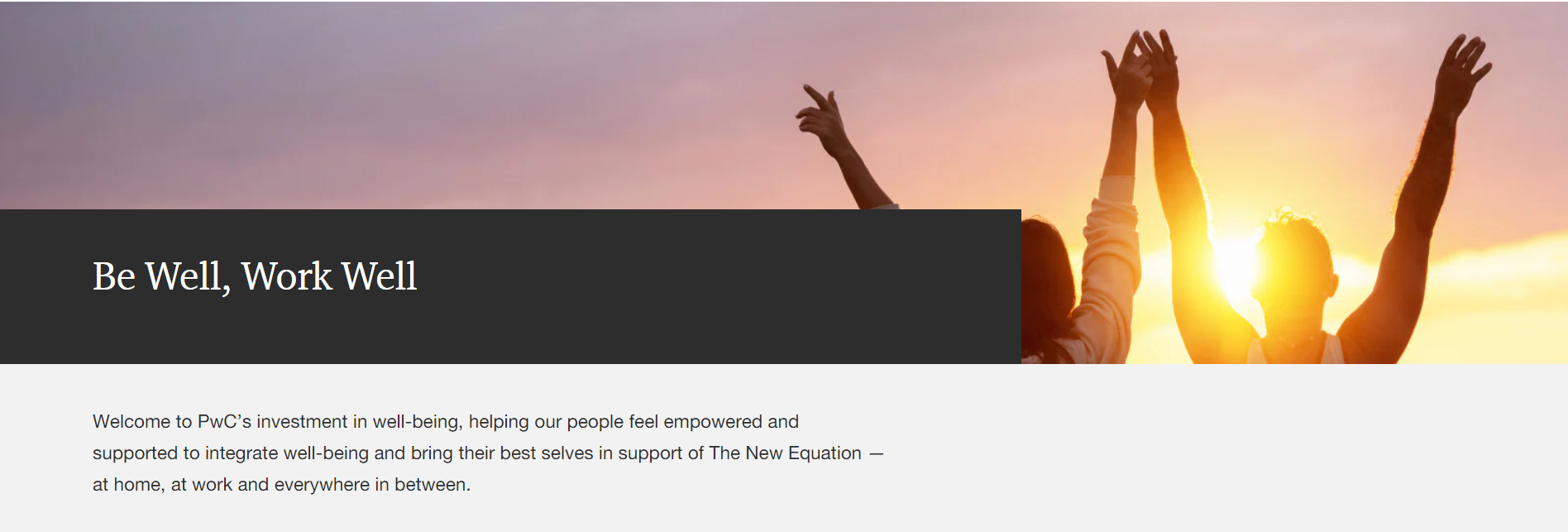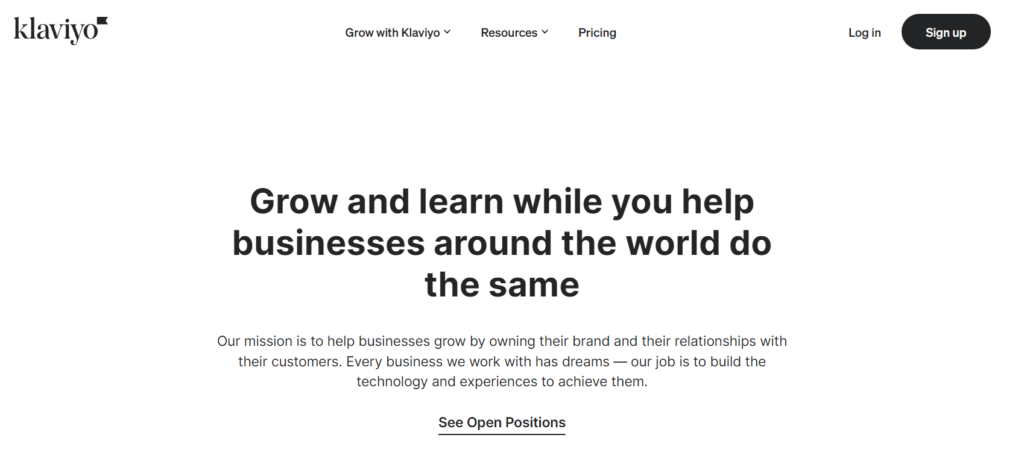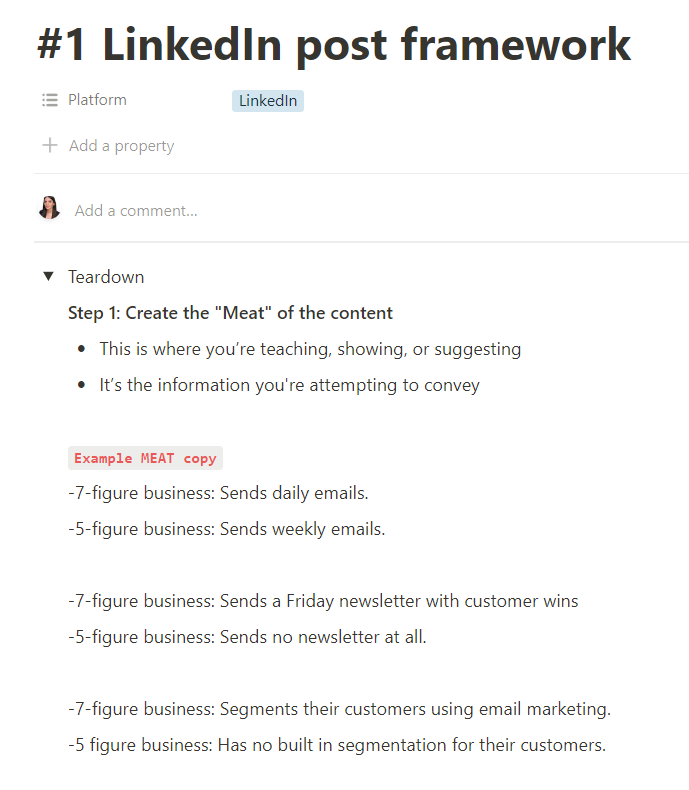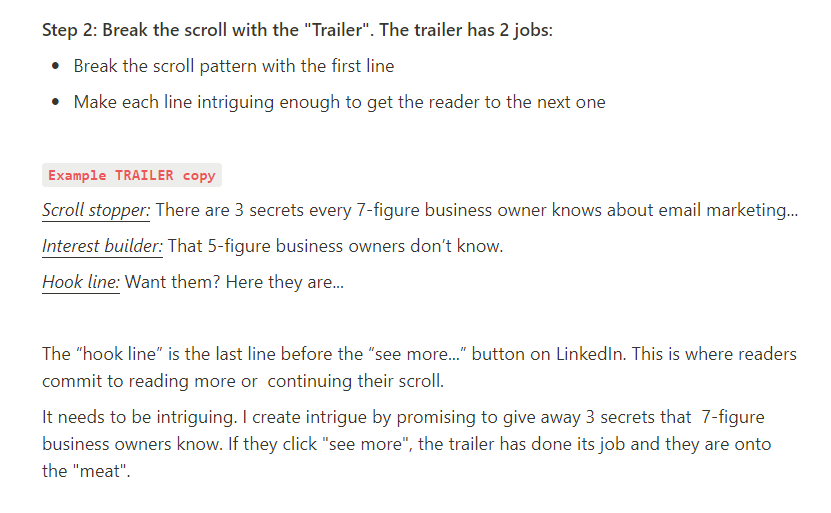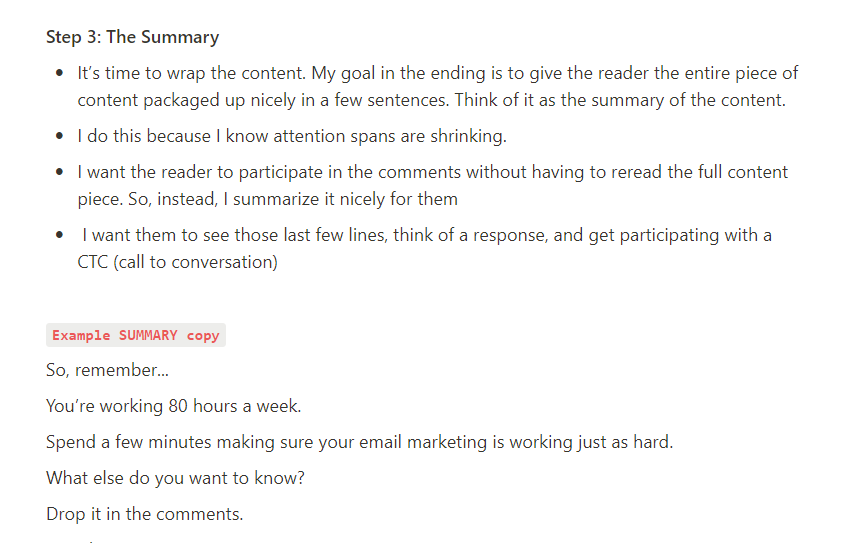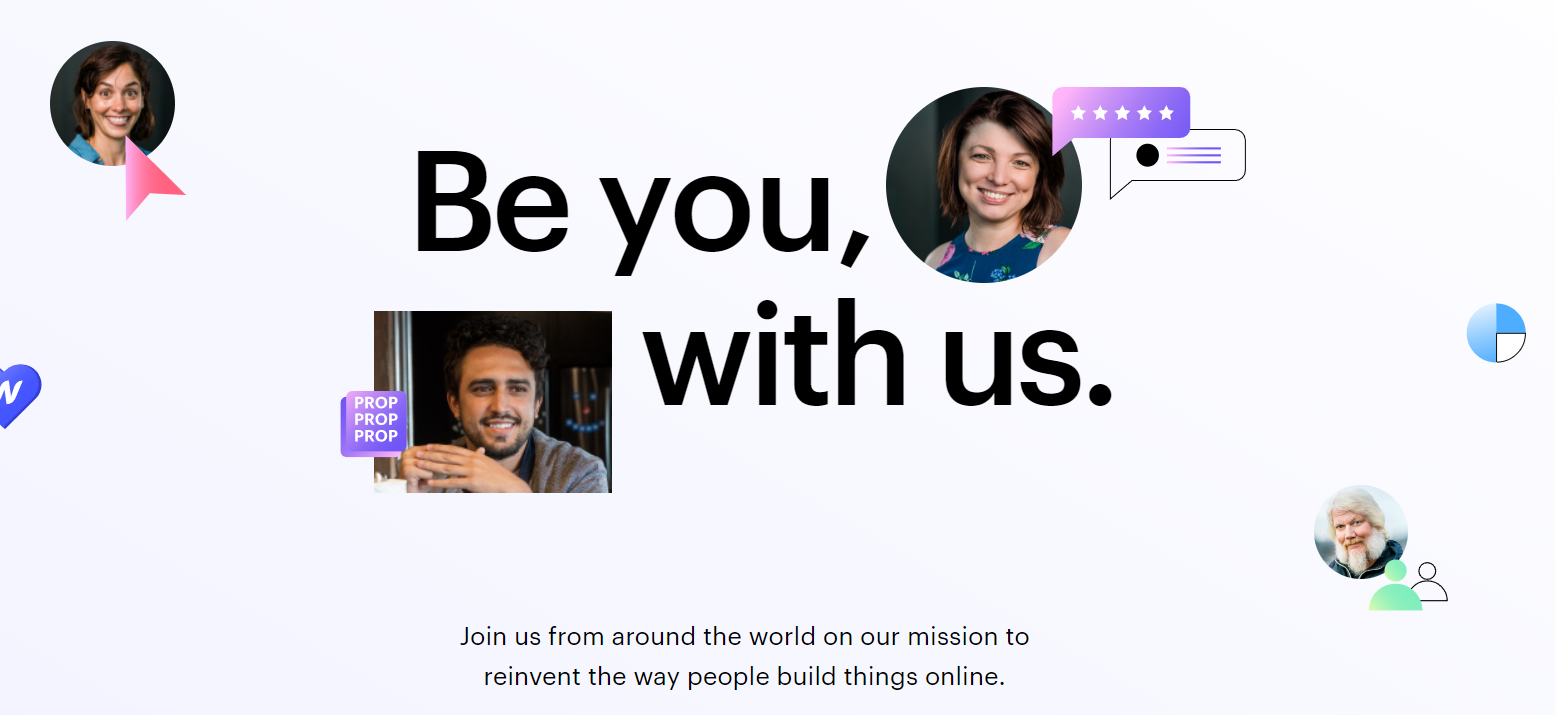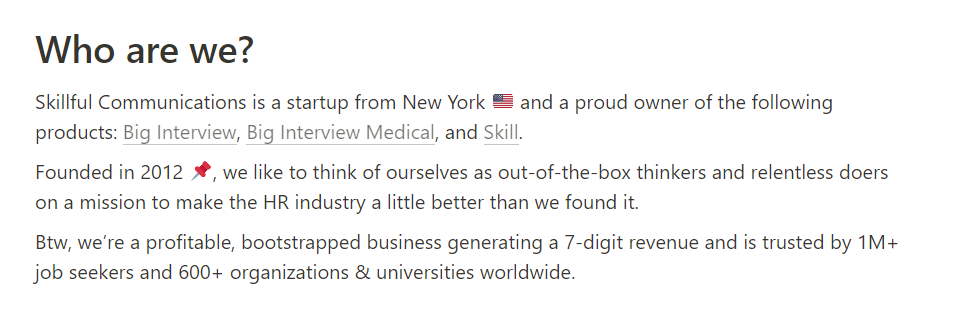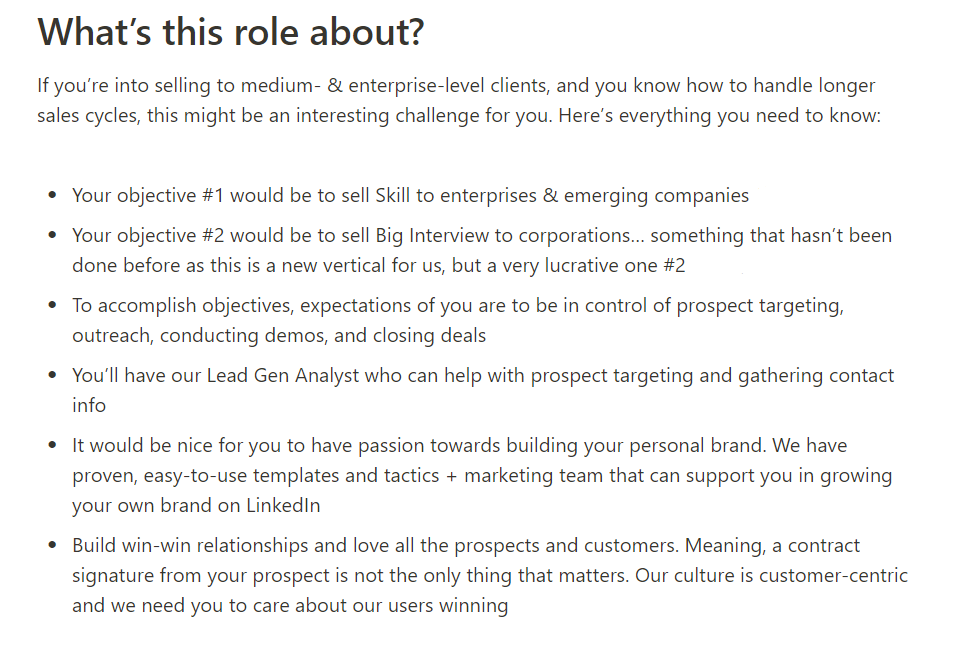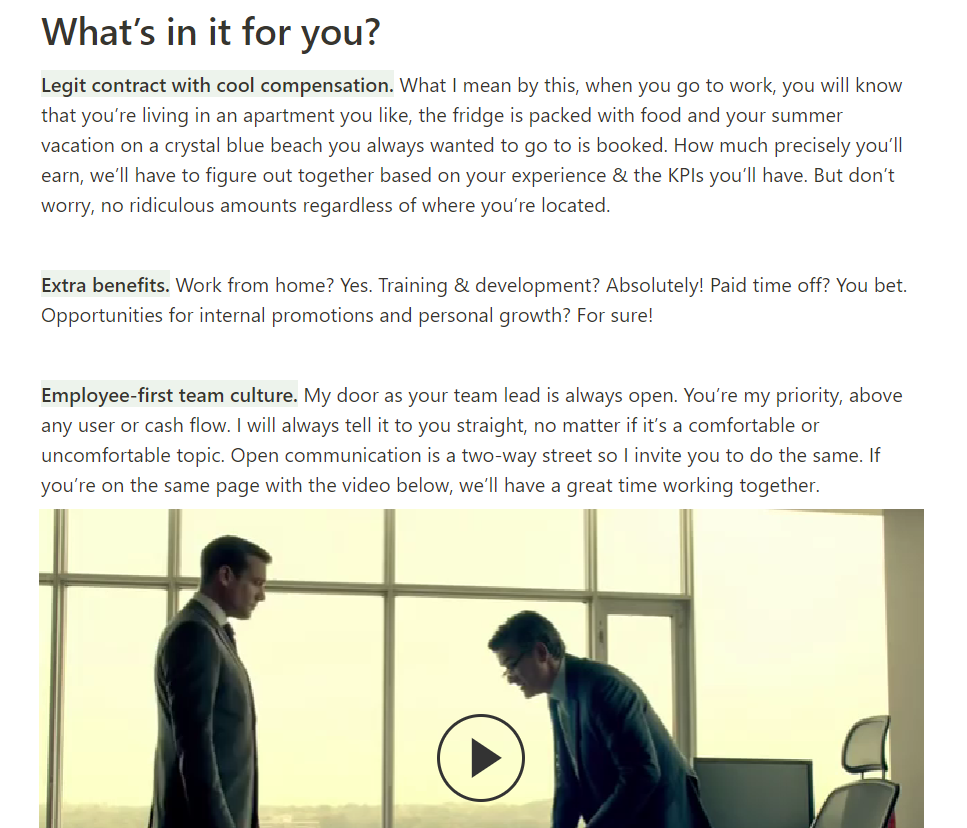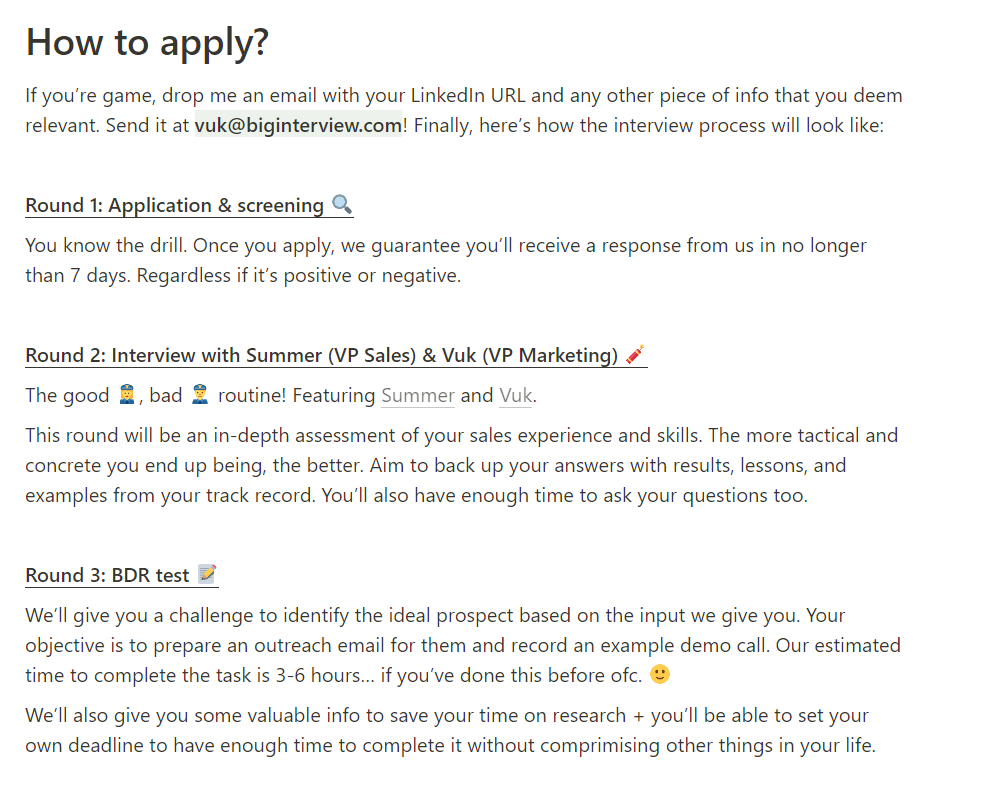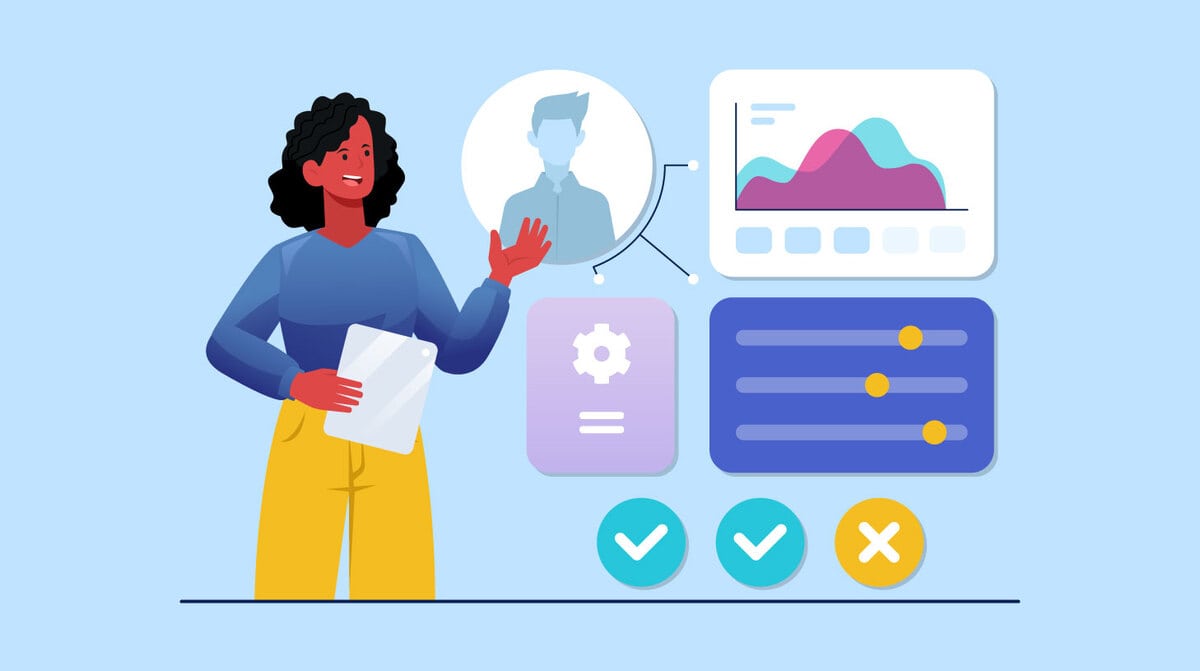If you’re in talent acquisition right now, our thoughts and prayers are with you. With all the chaos going on, chances are you’re feeling like you’re in Game of Thrones. And if you don’t have a proper employer branding strategy in place, you’ll be out sooner than Ned Stark.
In this article, we’ll cover 8 important factors that will help you create a killer employer branding strategy that attracts and retains quality candidates.
Why Does Employer Branding Strategy Matter?
A strong employer branding strategy will dramatically improve employee experience and company reputation. It will create a strong company culture, connect people to one another, attract and recruit better candidates and thus reduce your marketing and hiring costs.
But without a plan, it will be more difficult to:
- Attract top candidates
- Increase the number of job applications you receive organically
- Stand out and have more people talk about you more
Especially if you work for a new company or one that doesn’t have a strong brand yet.
The workforce is getting pickier, and rightfully so. Bad times have taught people to re-evaluate their lives and set priorities straight. They grew tired of being underpaid and forced to go to the office every single day. Lack of advancement opportunities, lack of flexibility, incompetent management, low wages, bad or non-existent company culture – nobody wants to deal with that anymore.
It’s also hard to get strong new candidates. Great ones have multiple offers lined up and if you want to attract them, you really need to stand out both with your offer and company culture.
So if you’re experiencing high employee churn and a lack of great candidates, we feel you. This causes serious financial and reputational damage to your company – but it can also wear you down personally.
Instead of looking forward to days filled with meaningful work and positive energy, you’re constantly stressed out. You could be enjoying the serenity and harmony of a functional, high-performing team, but you’re busy putting out fires and finding replacements for unhappy people who just quit.
What can you do to stop this? Work on your employer branding. Asap.
And if you need tips on how to improve employer branding, we have just the thing for you. Below are 8 crucial factors to help you build a successful employer branding strategy and bring high-quality candidates to your yard. And keep them there. Let’s make your life easier.
1. Employer Value Proposition (EVP)
Your Employer Value Proposition is a powerful statement at the core of your employer branding strategy. Think of it as your employer branding efforts summed up in one sentence. If written well, it can be a magnet for high-quality applicants. You’ll usually find it on Career or About Us pages, social media, and similar.
How to write an EVP
Your Employee Value Proposition needs to be realistic and closely aligned with your company and brand strategy. Basically – don’t be mendacious and give false promises just to look good.
You’ll also want to make it employee-centric. Don’t think only about what you can offer, but consider what people might want, too. Your EVP will attract candidates, but it can also turn them into employees, motivate them, and retain them. Long-term thinking and focusing on people’s needs are key.
There’s no secret formula to creating it, but start by thinking about:
- Compensation and flexibility
- Work environment and corporate culture
- Career advancement options
- What sets you apart from the competition
- How your work contributes to the greater good
It’s important to find a unique angle and avoid grandiose, meaningless statements a lot of brands like to throw around. Let’s take a look at a few great examples.
EVP sample: PwC
The goal here is to prioritize PwC employees’ well-being across four dimensions: physical, mental, spiritual, and emotional. The benefits include practical perks such as gym memberships, mental health coaching sessions, and counseling to quit smoking.
This initiative boosts not only employee satisfaction at work – it also improves the quality of their personal day-to-day lives. Talk about being people-centric!
EVP sample: Klaviyo
Here’s how a startup does it! Klaviyo places focus on growth and development for both employees and customers. The values and mission are nicely wrapped in the copy and present everything the company stands for: growth, progress, and helping others. We love the emphasis on employee and customer interdependence and there lies a big truth in business: if your employees are happy, your customers will be even happier.
EVP checklist
- ✅ Is it aligned with your strategic goals?
- ✅ Is it realistic and honest?
- ✅ Is it people-centric?
- ✅ Is it unique?
- ✅ Did you mention compensation and flexibility?
- ✅ Did you mention the work environment and culture?
- ✅ Did you mention career advancement options?
- ✅ Did you give examples to support your statements (photos, awards)?
2. Telling the Company Story
Storytelling helps us connect with others, gain new perspectives, and make sense of the world around us.
Telling your company story will help you connect with employees and inspire potential candidates and the general public.
Your go-to format could be a YouTube video you can place on your Career or About Us pages. But you can also use social media, website design, email marketing, and one-off campaigns.
How to create your company story
Share the story of how your company came about; the challenges the founder had to overcome; the company’s growth; what the situation’s like today; what the plans are for the future, and similar. Make it juicy by providing details you’ve never mentioned before.
Here’s an outline you can follow:
- Problem
Grab their attention and introduce a complicated situation. Talk about a problem that needs to be fixed or a personal narrative your audience will want to follow (Founder’s story).
This is also the space to introduce your company’s vision and mission and how they developed over time.
- Solution
Focus on how the company came up with the solution and got it up and running.
- Success
Talk about your company’s success and the main factors that contributed to this “win”. Make sure to end on an optimistic note and mention plans for the future.
For extra success, be as immersive as possible. Use funny animation, lively music, humor, or interactive components (clickable elements, forms, quizzes) to spark their emotions and make them truly experience your story.
Company and founder story sample – Burt’s Bees
Here are a few videos by Burt’s Bees, an American skincare company. The stories revolve around the founder and the company’s beginnings. We love the human element and the humor – and we’re pretty sure these two stories did wonders for their employer brand.
Company story sample – Inspira Marketing
This is a short company story that doesn’t follow the format we mentioned above. It’s a nice and unconventional video without narration that combines real footage and colorful animation. It’s jam-packed with key info on what the company does and what are its values. A proof that you can play around and still be interesting.
Company story checklist
- ✅ Did you decide on a suitable format (YT video, a written story, etc.)?
- ✅ Did you follow the Problem-Solution-Success format?
- ✅ Did you share little-known details?
- ✅ Are you immersive and interactive?
- ✅ Did you find your unique voice?
- ✅ Did you showcase your brand values?
3. Employer Brand Audit
An employer brand audit will give you insight into your current employer brand reputation and whether it’s aligned with your strategic goals.
Basically, you’ll want to evaluate all employer branding factors, from the materials on your website to employee and candidate experience. But you should also focus on the application process, social media, your reputation on company review platforms such as Glassdoor, and similar. Creating an employer brand report with insights will make it easy for you to take action.
Surveys
Create anonymous surveys for your employees and send them out regularly (quarterly, half-year, or whatever makes the most sense for your business).
Use them to feel the pulse of the company and start meaningful conversations. Include open-ended questions, as they give people the opportunity to steer the conversation in the desired direction. But in order to gain valuable insights, it might be best to combine interval scale statements and open-ended questions.
Send surveys to the applicants too – ask for their impressions after the interviewing process. It’ll tell you how they see your company and how you can improve the hiring process in the future. You may also win points with them because you gave them the chance to tell their side of the story.
Employee satisfaction survey examples:
- Do you understand the company’s strategic objectives?
- Do you understand your role in achieving strategic objectives?
- Do you have opportunities for personal growth in the company?
- Is your team inspiring and supporting you?
- If you have a problem, do you know who to go to for a solution?
- Do you feel heard and understood?
- Are you fairly rewarded for your efforts?
- Is your work making a difference in the world?
- Do you receive constructive feedback from your manager?
- Is your job stressful?
Applicant satisfaction survey examples:
- How satisfied are you with our hiring process?
- Was the procedure/tools/instructions confusing?
- Was the recruiter helpful?
- Were you happy with the amount and frequency of communication?
- Would you recommend our company to others?
- What can we do to improve our recruiting and hiring process?
Research
Dig around Glassdoor and similar platforms which allow employees to share their experiences with a company. Review platforms and social media accounts will let you know what’s your current reputation. Googling your company and digging deeper than the first page can also give you many valuable insights. Perhaps there’s a thread about you on Reddit. Wink-wink.
This will help you identify your strong points and areas of improvement. Listen and observe – don’t assume!
Employer branding audit checklist
- ✅ Are your employer branding efforts aligned with strategic goals?
- ✅ Which channels do you use for promotion?
- ✅ Did you go through the messaging on your website?
- ✅ Is your Career page functional?
- ✅ Do you use anonymous surveys for employees?
- ✅ Do you use anonymous surveys for candidates?
- ✅ Did you check Glassdoor and similar platforms?
- ✅ Did you google your company?
4. Employee Advocacy
Employee advocacy is probably the most credible way for the public to get to know about you, as people trust people more than they trust organizations.
Employer advocacy builds trust in your brand, increases brand awareness (employees’ networks are 10x larger than a company’s follower base), helps your employees build expert authority and personal brand, attracts top talent… The list goes on and on.
Nowadays, LinkedIn is the place to be, as it’s the perfect place to subtly promote a company through expertise-related posts by its employees.
Encouraging employee advocacy
Let’s get this straight: if you think employee advocacy is you forcing them to post promotional material about your company, you’re dead wrong. That’s counterintuitive and won’t work.
Instead, encourage people to share their expertise, insights, wins, and losses. Let them be their authentic selves and document their professional journey. Yes, the spotlight will be on them, but as their network grows, so will the interest in your company. People will notice.
To encourage them, talk to employees who are interested in building their personal brand. Together, you can create a strategy and talk about content ideas (a mix of expertise-related, industry-related, and company-related content would be ideal).
If you have any materials or templates on how to write a catchy post, share it with them (we’re providing an example below). If someone from the company is already posting, organize a short call where questions can be asked and insights shared. In short, make sure they have everything they need to get started.
Employee advocacy checklist
- ✅ Are your employees active on social media and forums?
- ✅ Are you encouraging them to build their personal brand?
- ✅ Is there a mix of expertise-related, company-related, and industry-related content?
- ✅ Do you have a formal employee advocacy program in place?
- ✅ Do you have writing templates for building a personal brand?
5. Fostering a Healthy Team Culture
This one’s a bit different from the other factors in this article. This factor is also a bit more complex – it’s a result of different actions you’re taking to create and nurture a positive work environment and strong internal employer branding.
In addition to attractive conditions such as a competitive salary, flexible working hours, remote work, PTO, and similar benefits, there’s a bunch of things you’ll need to dedicate your time and efforts to in order to foster a healthy team culture and strengthen your talent branding.
Key ingredients for a great culture
- Open communication: checking in, regular meetings, constructive feedback
- Dedication to employee success: providing mentorship and ongoing training, ability to move up in the company, encouraging them to build a personal brand
- Approach to work: having a clear strategy and making sure people know how they will contribute; setting clear expectations; clearly defined roles and KPIs; allowing creative freedom and their voices to be heard; giving them ownership of their work; offering challenging work in line with their interests
- Bonding: having coffee breaks and getting to know each other; remembering and celebrating people’s birthdays; discussing and respecting personal boundaries; recognizing their efforts and publicly praising them
It might seem like it’s too much. But if you hire people for cultural fit, you’re already halfway there. With good planning and resource allocation, you can probably start from somewhere and fine-tune your approach as you go.
Fostering a great team culture checklist
- ✅ Do you encourage open communication?
- ✅ Do you offer constructive feedback?
- ✅ Do you check in regularly?
- ✅ Do you have a clear business strategy in place?
- ✅ Are you setting clear expectations?
- ✅ Are roles and KPIs clearly defined?
- ✅ Are you giving challenging work in line with people’s interests?
- ✅ Do you foster meaningful relationships?
- ✅ Do you organize coffee breaks, meetups, and team buildings?
- ✅ Do you train your managers to become leaders?
6. Career Page
A clever career page on your website is the perfect place for promoting your employer brand.
It’s a nice little window to your company that will give you the space to customize the content in a way no other hiring platform will. In addition, job searchers will often go straight to your website after seeing a job ad somewhere. And the Career page will be one of the deciding factors when choosing whether to apply or not.
How to create a great Career page
Start with basic elements: a few sentences about your company, your mission, vision, and values. If you don’t have a lot of employees, it’s always a good idea to showcase everyone who works there, photos and positions included.
To humanize the experience and show the real people behind the brand, add photos from team buildings or similar gatherings in less formal surroundings.
This is the place for listing vacancies in your company, too. Add your EVP there and titillate their curiosity.
Generally, you’ll want this page to be user-friendly and warm. Be on brand with your imagery and copy and whatever you do, don’t use generic stock photos! Be authentic and do your own thing.
Career page sample
Webflow’s career page starts with a lovely heading that supports authenticity and inclusion. They’ve also clearly stated their mission and introduced company values with a twist – they call them company behaviors and insist on taking action. We love the employee testimonial section (always great to have real people stand behind your brand) and the exhaustive list of benefits they offer to their employees.
Career page checklist
- ✅ Did you decide on the page layout?
- ✅ Did you decide on the critical information to cover?
- ✅ Did you include an “About Us” section?
- ✅ Did you include your Employer Value Proposition?
- ✅ Did you include your mission and vision?
- ✅ Did you include your company values?
- ✅ Did you use team photos?
- ✅ Did you include a list of vacancies?
- ✅ Is the tone friendly and accessible?
7. Powerful Job Descriptions
The best job descriptions are a mix of hard facts and marketing. Be direct, introduce them to the company culture, and make them excited about joining you.
How to write a powerful job description
Be clear about the requirements, responsibilities, day-to-day operations, and similar. Don’t forget to list the benefits you offer – many companies seem to forget this and focus only on what they want from applicants. You need to show them what you’ll give them in return, as hiring is a 2-way street.
You’ll want to consider including a salary range. It saves a lot of time for you AND the candidate. There’s no need to go through multiple rounds of interviews just to find out your offer doesn’t match their expectations. In addition, many candidates might not even apply if the range is not provided.
Finally, write the copy as if you were writing it with a particular person in mind. This will create a sense of closeness and approachability.
Play around with the format: use memes, team photos, or funny Youtube videos to add some extra spice to your ads.
Job ads are often the very first point of contact between you and potential employees. Remember, outstanding job ads attract outstanding candidates.
Job description example
Here’s our very own example that received positive feedback from the candidates.
This excerpt succinctly informs a candidate about our company, and, more importantly, about its mission and values. Including the number of clients and job seekers gives it a nice touch and builds trust.
This is a clear and informative list of duties that also subtly touches upon company values. Based on the description, a candidate can infer whether or not they’re a culture fit for this company.
This section feels personal, as Vuk (our VP of Marketing) took the time to list the benefits and elaborate on what each of them entails. And I love the copy – it’s personal and warm. But don’t tell Vuk I said that. 😛
Applying is simple, plus all the next steps have been listed. The candidate will know what to expect in each stage of the hiring process, and which people from the company they will get to meet. Awesome!
Bottom line: The ad seems obvious and simple, but you’d be surprised by how tricky it is to write succinctly and stay interesting. It also checks all the boxes. All the key info is there; Clear expectations ✔️ Information about how the interviewing process works ✔️ Unconventional format that grabs the attention ✔️ Honesty ✔️ All green flags, if you ask us.
Job description checklist
- ✅ Are you clear about the position details?
- ✅ Did you list key requirements and responsibilities?
- ✅ Did you list benefits?
- ✅ Did you provide a salary range?
- ✅ Did you showcase company culture and values?
- ✅ Are you using an interesting format: photos, videos, memes?
- ✅ Is your writing clear and friendly?
8. Onboarding New People
Imagine inviting your foreign friends to visit your country and hometown and leaving them with no information and no directions on how to get to your house. That’s exactly what it’s like not to have an onboarding program for your new hires.
Humans like familiar things and routines. Changing a job is stressful, so be there to support them with a thorough onboarding process. If you have one in place, chances are people will be more satisfied and motivated to rock their roles.
How to onboard a new hire
A few days before they start, send a welcome email with details such as a new email address, login credentials for all the apps they will be using, legal paperwork, an agenda for the first day or week, and any other key information they might need.
On their first day, introduce them to your company’s story, current situation on the market, and the way the company is organized. Make sure they are familiar with all the processes and technology that is used. Provide information such as the number of paid vacation days and how to request them – having a solid company policy book would be a practical solution here.
Clearly communicate their responsibilities and KPIs – use the “granular” onboarding method where you break down (in detail!) what success and failure in that role will look like. For example, if you’re hiring a content writer, you can say success is 2 blog updates and 1 new article per week, 4 email sequences per month, etc.
Create a plan for their first week, first month, and first quarter in the company. Together, create a strategy for a mentorship program or developing a personal brand (if applicable). Assign them a team member they will “shadow” during the first few weeks. It’s always useful to have that one point of contact who will be showing them the operational side of things and be available for questions and clarifications.
Introduce them to the key teams and people they will be working with. This can be either an office tour or a quick message in case you’re a remote company. If possible, schedule 1-on-1s with their team members and start creating a culture of transparency and communication from day 1.
Finally, get in touch with them regularly. And ask for feedback. Always.
Onboarding new people checklist
- ✅ Did you send a welcome email with key information and legal paperwork?
- ✅ Did you send an agenda for the first day/week?
- ✅ Did you send a company policy book?
- ✅ Is the information on PTO and national holidays available?
- ✅ Did you explain company organization and processes?
- ✅ Did you organize an introductory meeting/call?
- ✅ Did you clearly communicate responsibilities and KPIs?
- ✅ Do you have a mentorship program put in place?
- ✅ Did you assign a person they will “shadow”?
Bottom Line
A killer employer branding strategy is an ongoing effort made by everyone in the company. Yes, it might take time, patience, and resources, but the benefits will do wonders for your company and employees.
If you cultivate it carefully, eventually, your employer brand will become an organic part of the company – the values and atmosphere everyone lives and breathes. And your employees will thrive. And your company will get noticed. And you’ll know you’ve made it.

